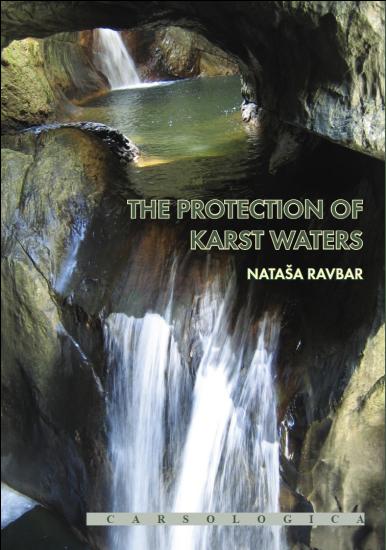
The Protection of Karst Waters. A comprehensive Slovene approach to vulnerability and contamination risk mapping.
Author:
Nataša Ravbar
Year:
2007
Drinking water is a vital need but nevertheless it is not available to everybody neither by quantity nor quality. Karst aquifers hold important water resources, but are also very sensitive against the pollution. Therefore the passive and active protection is increasingly important, among these the education of inhabitants as well as new and better technical solutions have to be evolved.
The work of Nataša Ravbar is important from both points of view. Results of the inquiry related to the attitude of the local people towards water show its stage in the karst regions of Slovenia. On the other side the concept of groundwater vulnerability is increasingly used for karst water protection worldwide. Based upon a detailed review of different methods used or even obligatory in Europe, the author proposes a new methodology of groundwater vulnerability and risk mapping for the protection of karst sources – the Slovene Approach.
The Approach has been successfully applied and verified in the catchment of the karst spring Podstenjšek at the foot of the Snežnik mountain (Southern Slovenia). A wide range of different geomorphological and hydrological methods and techniques, including monitoring of the karst spring, hydrochemical analyses, tracing of underground water and geophysical survey have been applied. Hence, a better understanding of the regional hydrogeology has been achieved.
The monograph is useful for practitioners and decision-makers dealing with the protection and management of karst groundwater resources, and for scientists doing research on karst hydrogeology and vulnerability mapping. It is a valuable source of information and inspiration for further works dealing with karst groundwater protection in Slovenia and elsewhere.
-
Author
-
Publishing House:
Založba ZRC
-
Publisher
-
ISBN
978-961-254-010-4
-
Year
2007
-
Series
Language(s)
-
Specifications
paperback 17 × 24 cm 256 pages 138 pictures and plates
-
E-publications
21. 01. 2022
-
Permalink